This 1970 Plymouth Road Runner isn’t an original or restored classic. It is best to view it as a high-end driver that appears to need nothing. Its presentation is hard to fault, and the engine bay houses a fresh V8 that adds extra power to this iconic muscle car. It has generated considerable interest since the seller listed the Plymouth here on eBay in Cookeville, Tennessee. However, it does demonstrate that intense action doesn’t always equate to a stratospheric price. Twenty-seven bids have pushed it to $14,034, which is below the reserve.
Plymouth released the First Generation Road Runner in 1968 for buyers seeking a more affordable alternative to access the growing muscle car sector. This Generation remained available until 1970, with our feature car rolling off the line during the final production year. Plymouth had an armory of subtle and restrained shades in that year’s color palette, but the Vitamin C gracing this car’s flanks doesn’t fall into that category. The seller is sparing with their supplied information, but they confirm the paint is new. It shines impressively, reflecting its surroundings like a mirror. The panels are laser-straight, and there are no signs of existing or developing rust. There are no underside shots, and with the listing description only running to nineteen words, any potential issues below decks don’t rate a mention. The mostly new trim and chrome sparkle beautifully, the glass is excellent, and the aftermarket wheels are a recent addition to a classic that can’t help but turn heads.
The VIN confirms the original owner ordered this Road Runner with a 383ci V8. It may have been the entry-level motor, but with 335hp and 425 ft/lbs of torque at the driver’s disposal, the 3,609 lb Plymouth could comfortably return a sub-15-second ¼-mile ET. It appears this classic is no longer numbers-matching. The engine bay houses a fresh 400ci V8 that sends its power to the rear wheels via a three-speed TorqueFlite transmission. The winning bidder receives power assistance for the steering and brakes. The V8’s specifications remain a mystery, but expecting it to provide a performance boost over the original powerplant would be fair. The front end is new, and while it isn’t explicitly stated, it appears this Road Runner is a turnkey proposition.
The owner’s refresh of this Road Runner covered every aspect, with the interior trim replaced during the build. It is upholstered in Black vinyl, and there appear to be no problems or defects. The photos and Fender Tag confirm its original owner ordered it with bucket seats, a console with woodgrain trim, and an AM radio. It retains the seats and console, but it is impossible to tell whether the radio still occupies its rightful spot in the dash. The poor photo quality makes it impossible to perform a detailed assessment. However, there appear to be no problems that would cause the winning bidder sleepless nights.
This 1970 Plymouth Road Runner won’t appeal to purists, but it could prove irresistible for a buyer seeking a high-end driver. Its modified nature makes determining a potential sale price more challenging than if it were unmolested, but I believe the bidding will need to head beyond $30,000 before it finds a new home. The bidding action has been strong, but whether it has the legs to reach that point will be fascinating to gauge as this auction develops. Do you think it will, or will this stunning Road Runner fall short of the mark?
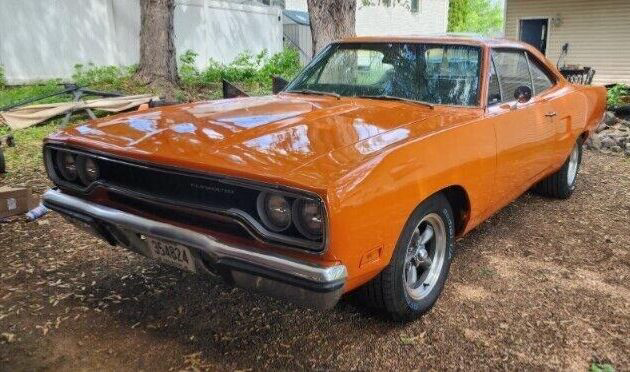
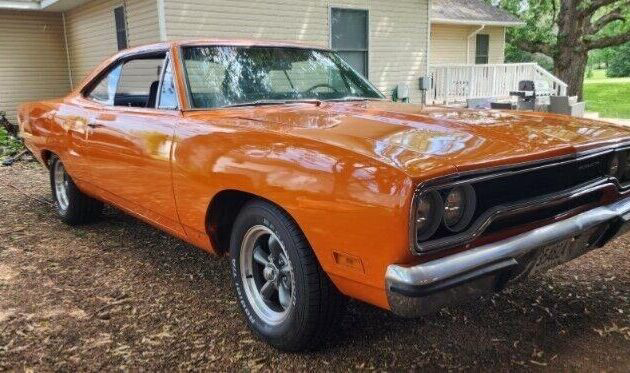
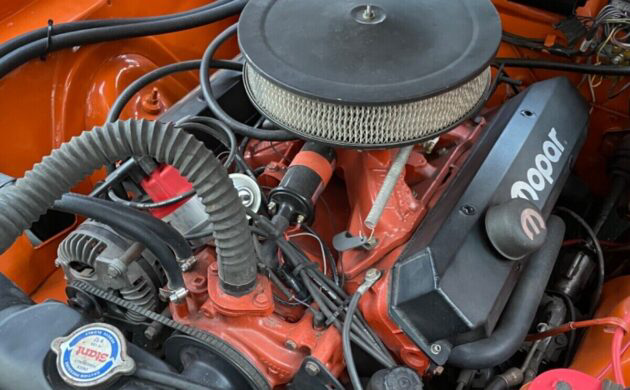
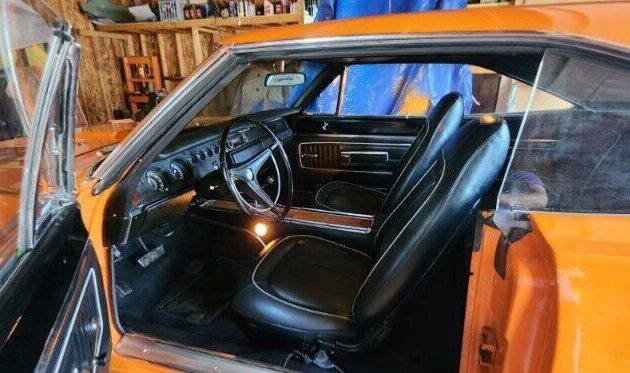
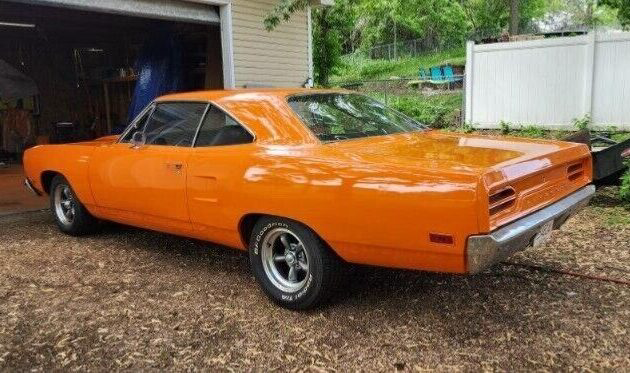

I always thought the 383 was the superior mill. Nice looking ride. 👌
I agree with Adam – this is a 30K or better car.
The 400 was what replaced the 383 in 1972 and you are correct as far as power was concerned. The 400 had less horse power and lower compression. Now for the next part the 400 is the better engine if you want to stroke it to a larger way more powerful engine. It has the same bore as the 440 and when bored out has way more meat left on the cylinders than if you stroke a 383. The 400 can be built to be one mean motor!